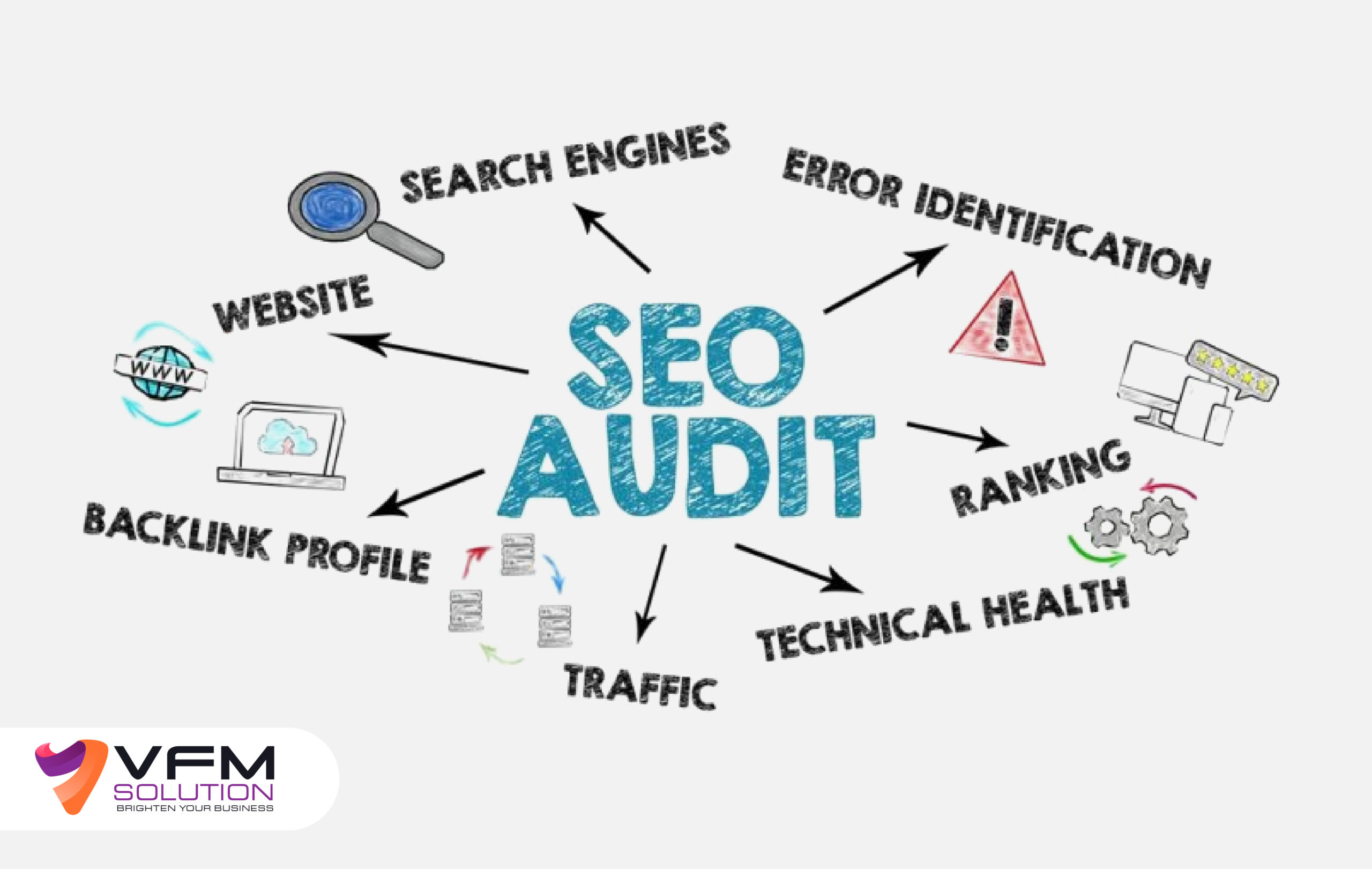Writing high-quality content that is highly ranked in search engines necessitates more than just writing well. If you desire to have your content appear on the first page of Google, it is essential to know how to write SEO content. SEO (Search Engine Optimization) content writing is the process of creating content that is designed to meet the requirements of both your audience and the algorithms employed by search engines. This blog will guide you through the most effective strategies for creating SEO content that generates traffic and converts visitors into customers.
What Is The Definition Of SEO Content?
SEO content is composed with the intention of achieving a high ranking in search engine results pages (SERPs). It entails the strategic use of keywords, the optimization of Meta tags, and the establishment of a content structure that facilitates the crawling and indexing of the site by search engines. The process of creating SEO content involves the integration of optimization techniques that facilitate the dissemination of your content to a wider audience, as well as the development of compelling and effective writing.\
The objective of SEO content writing is to offer the most comprehensive response to the inquiries of your target audience. By doing so, you can increase your likelihood of being featured in excerpts, which will increase your visibility and drive organic traffic to your website.

What Is The Significance Of SEO Content?
Prior to delving into the process of creating SEO content, it is imperative to comprehend its significance. In the contemporary digital era, the majority of consumers access content through search engines. If your website fails to achieve a high ranking, you are neglecting an enormous audience. SEO content is crucial for the following reasons:
- Increased Visibility: Content that has been optimized for search engines is more likely to be displayed in search engine results, thereby increasing its visibility.
- Increased Organic Traffic: When your content is well-ranked, it can generate a consistent flow of organic traffic without the need for paid advertisements.
- Improved User Engagement: The consumption of high-quality SEO content that addresses user inquiries can result in an increase in engagement, time spent on the page, and conversions.
- Competitive Advantage: Optimized content provides a competitive advantage over competitors who are not implementing SEO best practices.
Key Strategies To Write SEO Content
1. Conduct Comprehensive Keyword Research
You need to do step-by-step Keyword research before creating SEO content. The phrases that your audience is seeking for are known as keywords. Your rankings can be substantially enhanced by employing the appropriate keywords.
- Long-tail keywords: These are lengthier phrases that are more specific and frequently have lower competition. They have the potential to enhance your ranking and attract a greater volume of targeted traffic.
- Keyword placement: Incorporate keywords into the title, headings, and body text in a natural manner. However, it is advisable to refrain from keyword cramming, as it can have a detrimental impact on SEO and readability.
- Utilize Google Keyword Planner, Ahrefs, or SEMrush to identify the optimal keywords for your content.
2. Produce High-Quality, Engaging Content
SEO content is not solely concerned with keywords; it also involves offering consumers value. You will achieve a higher ranking by producing high-quality content that addresses users’ inquiries and resolves their issues.
- Ensure that your content is informative, pertinent, and easily comprehensible: Provide value. Pursue content that is comprehensive and thoroughly addresses the search intent.
- Language that is engaging: Employ language that is action-oriented, engaging, and transparent. Dividing the content into headings, bullet points, and images facilitates its comprehension.
- Backlinks are an additional critical element of search engine optimization (SEO). High-quality content naturally fosters them.
3. Enhance Meta Tags and Descriptions
Meta tags and descriptions are indispensable components of search engine optimization. They provide search engines and consumers with information regarding the content of your page
Ensure that you:
• Utilize your primary keyword in compelling title tags when developing SEO content. In order to prevent truncation in search results, it is recommended that they be kept under 60 characters.
• Formulate distinctive Meta Descriptions (150–160 characters) that accurately represent the page’s content. Incorporate pertinent keywords, but refrain from overcrowding them.
These elements have a substantial influence on your click-through rate (CTR), which in turn affects your ranking in search engine results.

4. Emphasize readability
Content that offers a positive user experience is prioritized by search engines. This implies that your content must be straightforward to comprehend and navigate. Adhere to the following guidelines to enhance readability:
• Brief paragraphs: Prevent the use of lengthy text sections. Enhance the readability of content by dividing it into manageable portions.
• Employ subheadings: Content should be organized using header elements such as H2, H3, and others to ensure that the page is logically structured. This is advantageous for both viewers and search engines.
• Lists and bullet points: Utilize lists when feasible to emphasize critical information.
• Employ straightforward language: Refrain from employing jargon and sentences that are excessively complex. Strive for simplicity and clarity in order to attract a broader audience.
5. Optimize for Featured Snippets
To optimize for Featured Snippets, focus on creating clear, concise, and well-structured SEO content that directly answers common search queries. When you write SEO content, use bullet points, numbered lists, and headings to enhance readability. Incorporate relevant keywords naturally and aim for a direct, informative response in the first 40-50 words of your content, as this is often pulled for featured snippets.
6. Incorporate both internal and external links.
Search engines are able to comprehend the structure of your website and the relationships between various pages as a result of internal and external links. Additionally, they offer consumers supplementary value by directing them to other beneficial content.
- Internal links: Provide links to pertinent pages on your website to maintain visitor engagement and facilitate the more efficient crawling of your site by search engines.
- External links: Provide your readers with additional value and improve the credibility of your content by linking to reputable external sources.
In Conclusion
In summary, the process of how to write SEO content entails the integration of high-quality writing, comprehensive keyword research, and optimization strategies that facilitate the crawling and ranking of your content by search engines. You can enhance your rankings and attract more organic traffic by concentrating on the user’s search intent and providing valuable, engaging, and well-structured content. You need to get best SEO services guarantees that your content achieves its maximum potential in search engine results and VFM Solution is your ultimate choice for all your Digital Marketing struggles.





